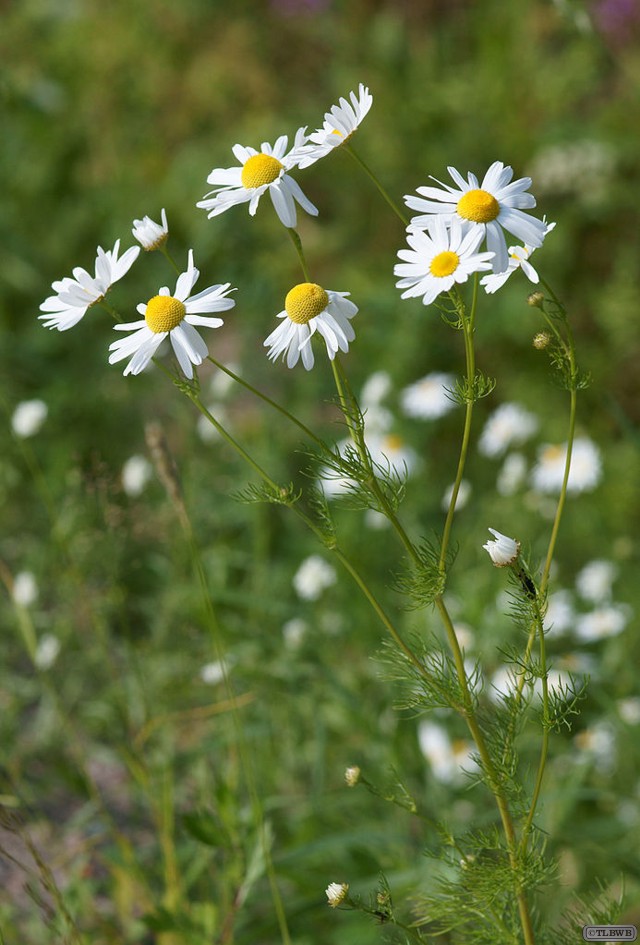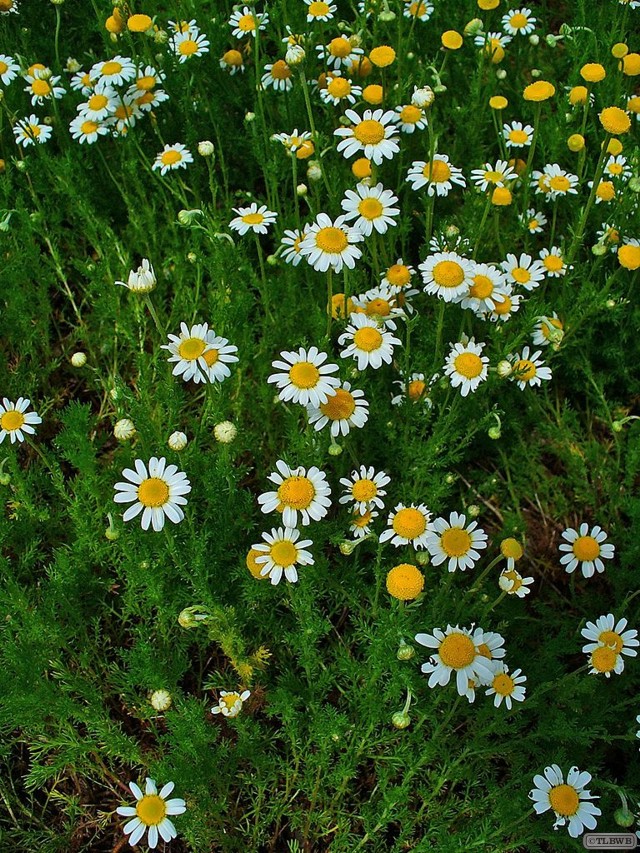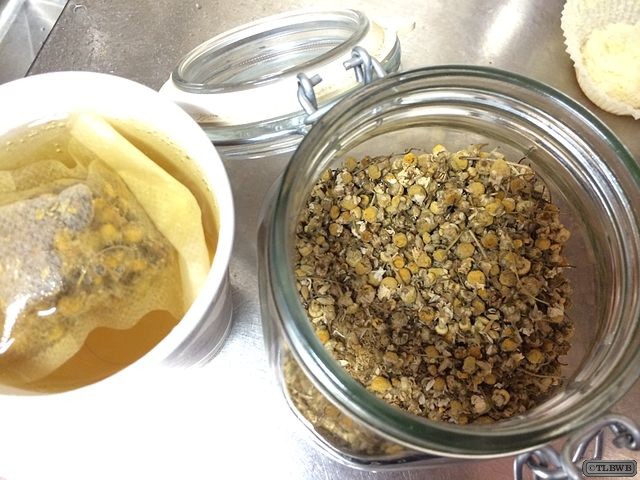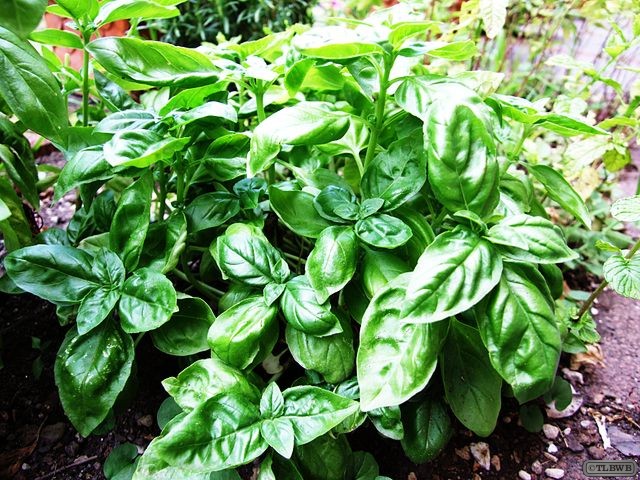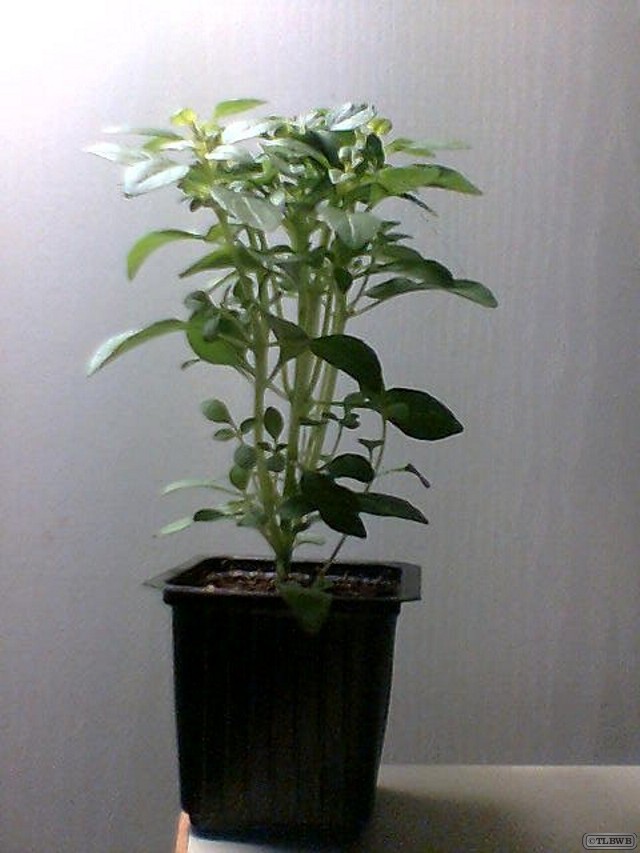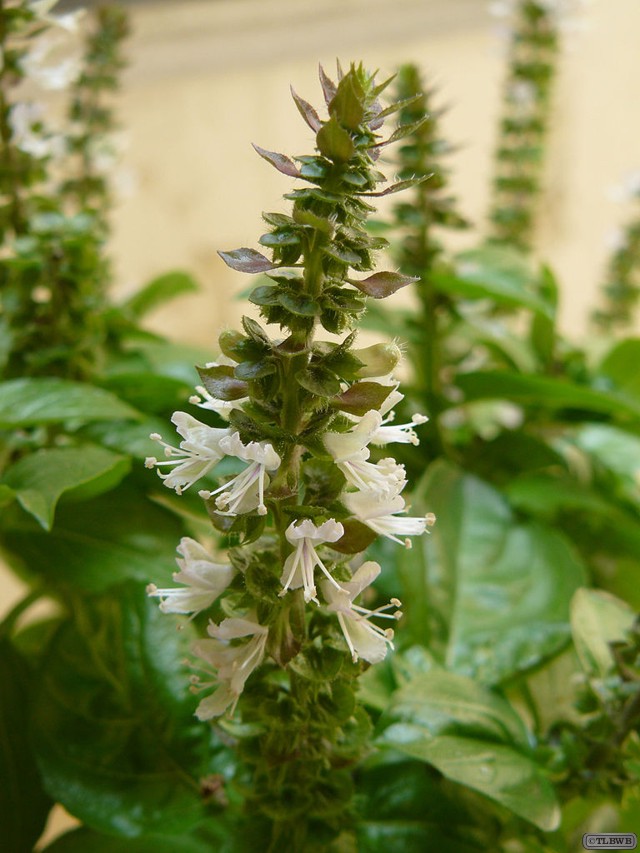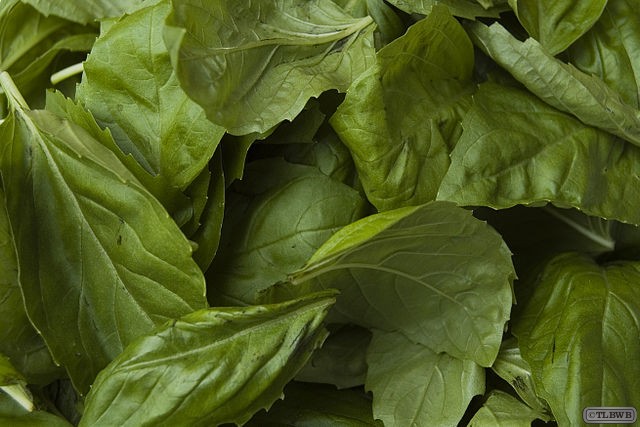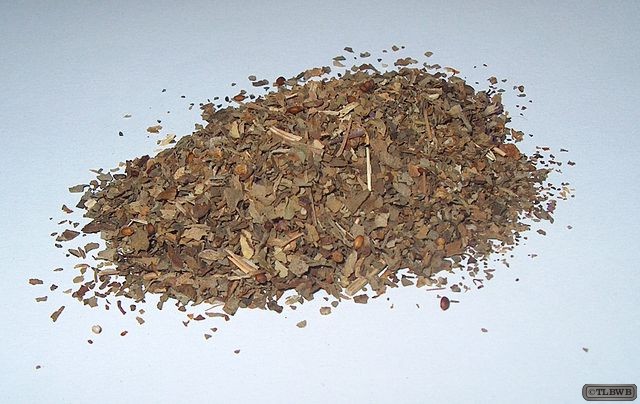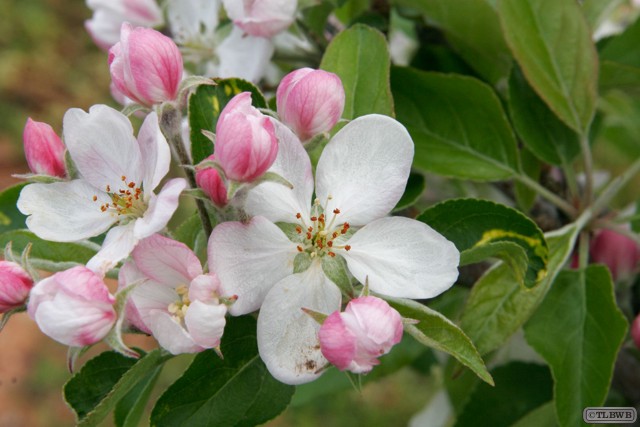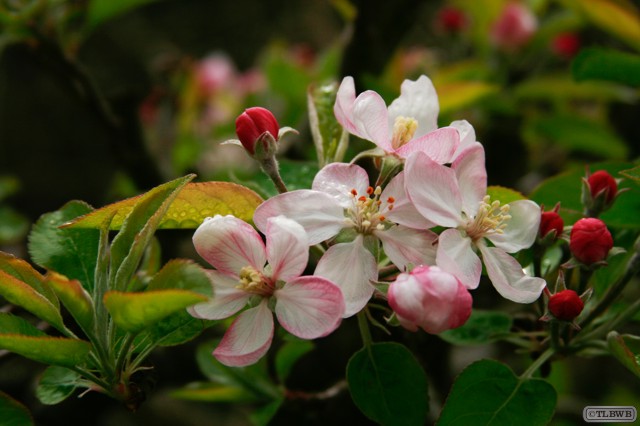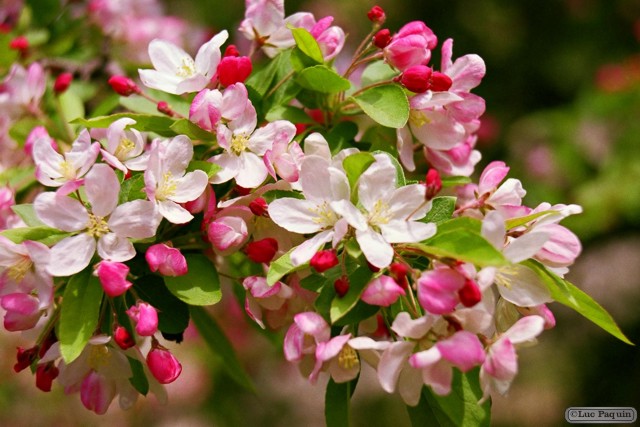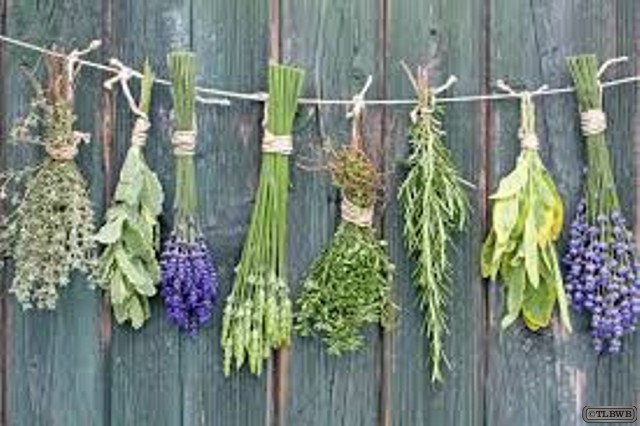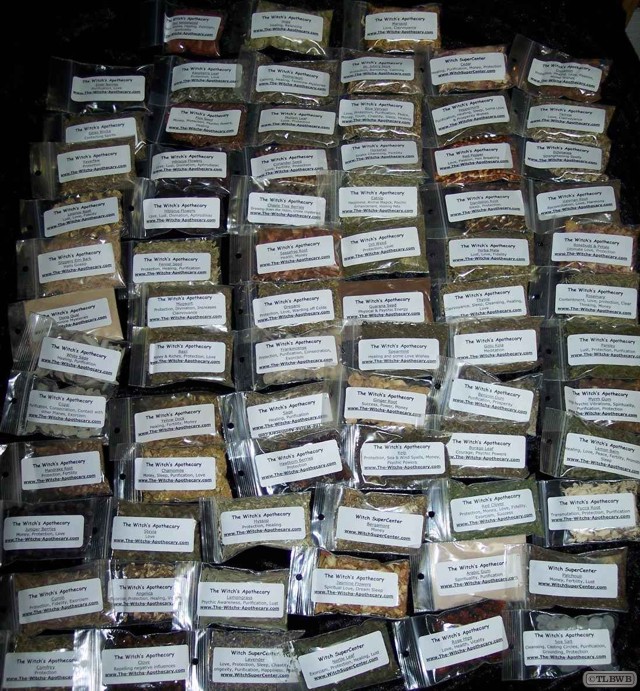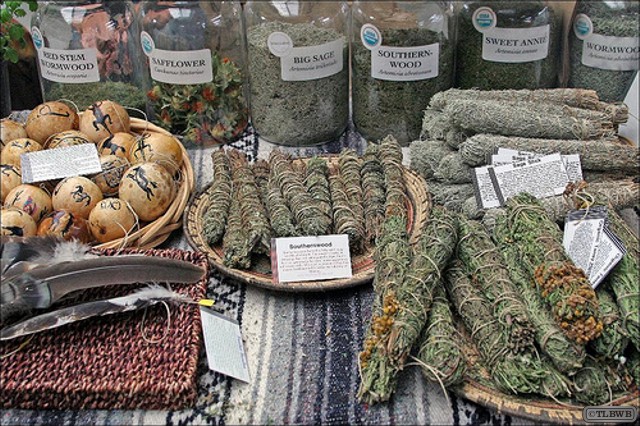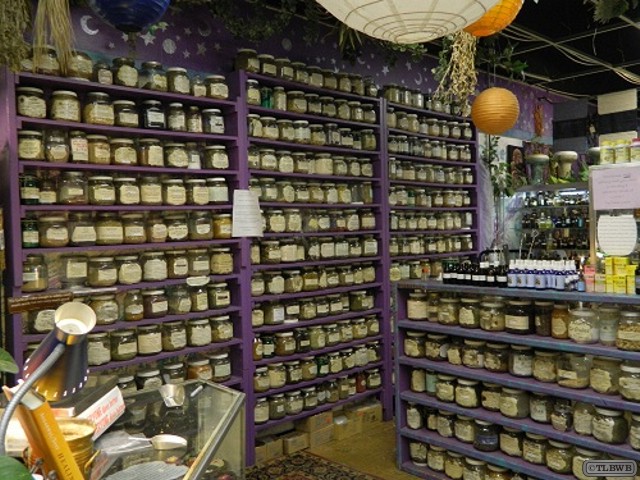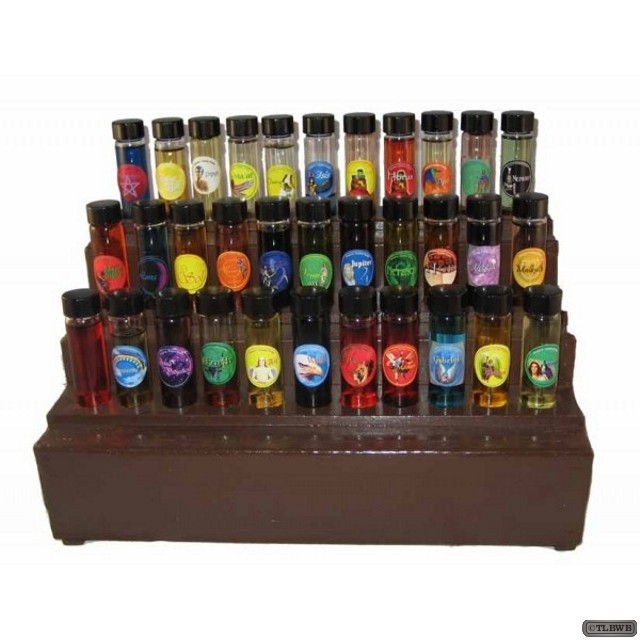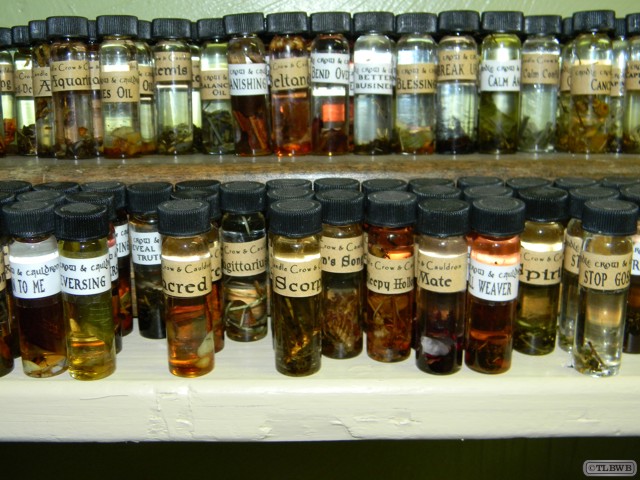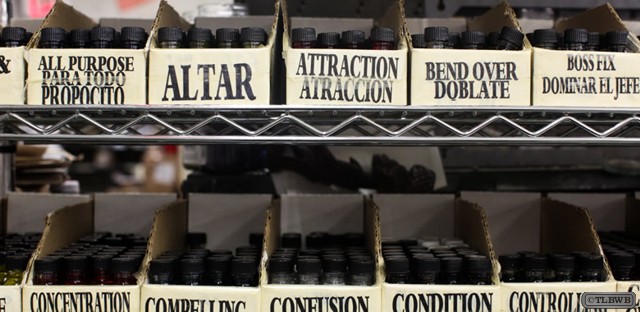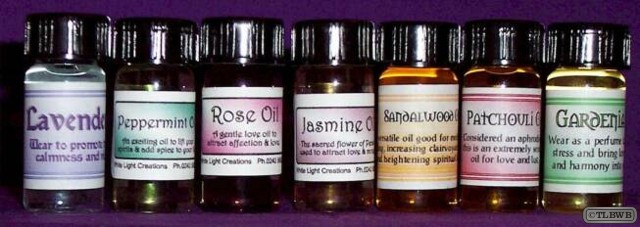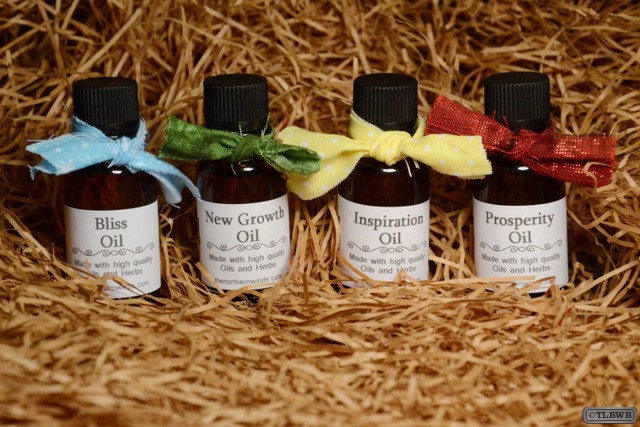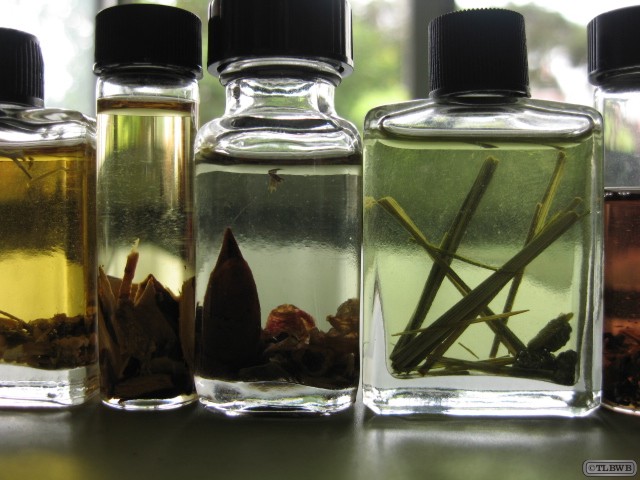Chamomile is the common name for several daisy-like plants of the family Asteraceae that are commonly used to make herb infusion to serve various medicinal purposes. Popular uses of chamomile preparations include treating hay fever, inflammation, muscle spasm, menstrual disorders, insomnia, ulcers, gastrointestinal disorder, and hemorrhoids.
Medical Use
Chamomile has been used for inflammation associated with hemorrhoids when topically applied. There is Level B evidence that chamomile possesses anxiolytic (anti-anxiety) properties and could be used to treat stress and insomnia. In 2009, researchers at the University of Pennsylvania concluded the first controlled clinical trial of chamomile extract for generalized anxiety disorder (GAD). The results suggest chamomile may have modest anxiolytic activity in patients with mild to moderate GAD, although the results have not since been replicated. Chemical components of chamomile extract have demonstrated anti-inflammatory, antihyperglycemic, antigenotoxic, and anticancer properties when examined in vitro and in animal studies.
Pharmacology
Anticancer effect, anticoagulant effect, antiinflammatory effect, antimicrobial effects, antispasmodic/antidiarrheal effects and CNS/sensory effects.
Wiccan
Chamomile is known as an herb of purification and protection, and can be used in incenses for sleep and meditation. Sprinkle it around your home to ward against psychic or magical attack. If you’re a gambler, wash your hands in chamomile tea to ensure good luck at the gaming tables. In a number of folk magic traditions, particularly those of the American south, chamomile is known as a lucky flower – make a garland to wear around your hair to attract a lover, or carry some in your pocket for general good fortune.
The Lost Bearded White Brother

